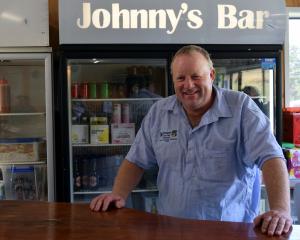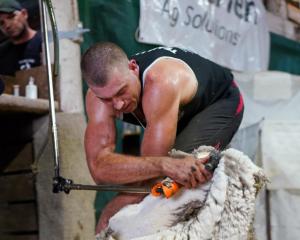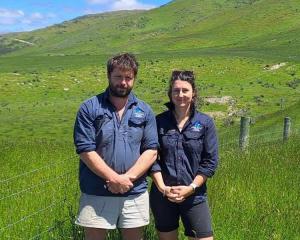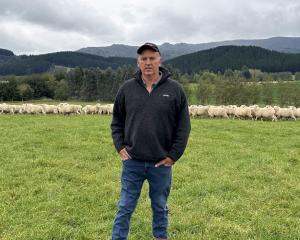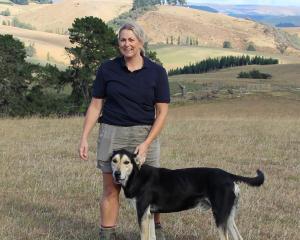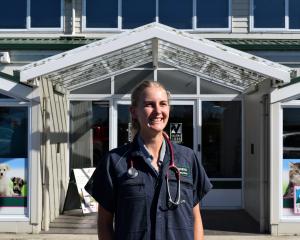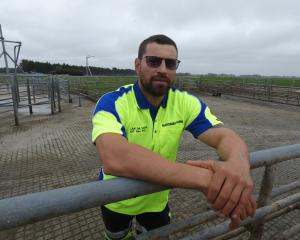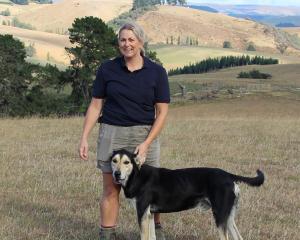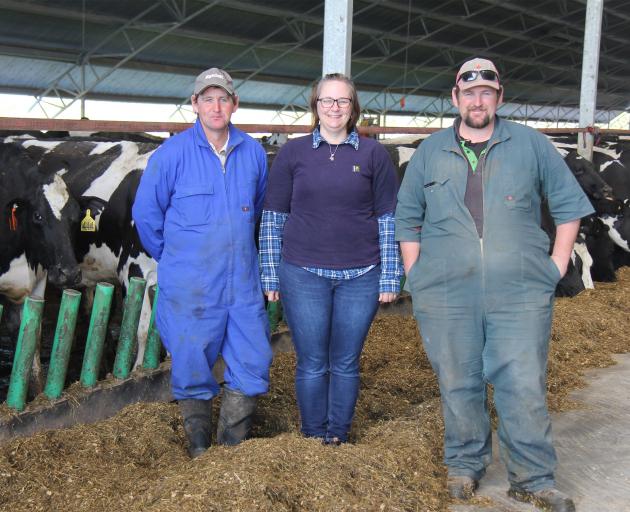
Brothers TJ and Mark Stewart, along with Mark’s wife Stacey, have been using the barn this season to give damaged pasture on their Barwell Farm time to recover after being hit by the region’s flood disaster in late May last year.
The farm, with its 550-cow herd, sits between the north and south banks of the Ashburton River and had 14.5ha forever buried under riverbed rubble. There were also deep layers of silt, trees and stones on another 20ha of pasture around the dairy, which will take time to bring back into full production.
In total 50ha was affected and 15km of fencing was wiped out.
The brothers’ parents, David and Maree, first invested in the imposing 140m x 75m barn in 2013. It was a move that raised some eyebrows at the time, especially with a falling milk price.
However, the couple weathered the challenge by switching up the business with some innovative thinking.
The barn is now core for the Stewarts’ winter milk contracts and a move towards a 70% autumn-calving pattern for their herd.
This has been the first season the younger Stewart generation has had the lease of the operation.
And despite setbacks with the flooding, and compounding feed shortages for many, Barwell Farm’s production is up 3.3% in the year to date and the operation has managed to stay within its pre-flood feed budget.
Using the barn has given damaged pasture, out of grazing rotation, time to recover.
Autumn calvers that went through the flood are on target to produce more than 650kg MS (milk solids) per cow in 280 days. The winter contract was 600kg MS per day but production sat at 700kg MS per day all last winter, Mrs Stewart said. Barwell Farm did not lose stock, but the milking herd spent 20 hours standing in the dairy yard without feed, water or milking after their owners were evacuated.
David and Maree’s home was flood damaged, leading to their evacuation, and photos of the family’s 10-year-old fox terrier, Max, made national news as he was loaded to leave.
Before they were evacuated, the Stewarts rescued their dry cows, which were up to their hocks in water by the time the family reached them. They were walked to nearby Glenalla and Snowfed Farms, owned by the Gilbert family, who gave the Stewarts free grazing for 180 cows.
Fellow dairy farmer Duncan Barr, who had a lot of experience in disaster planning and working with government agencies, visited and helped the family rationalise their shock and devise a plan. Angela Cushnie, from Federated Farmers, was also active in the conversations.
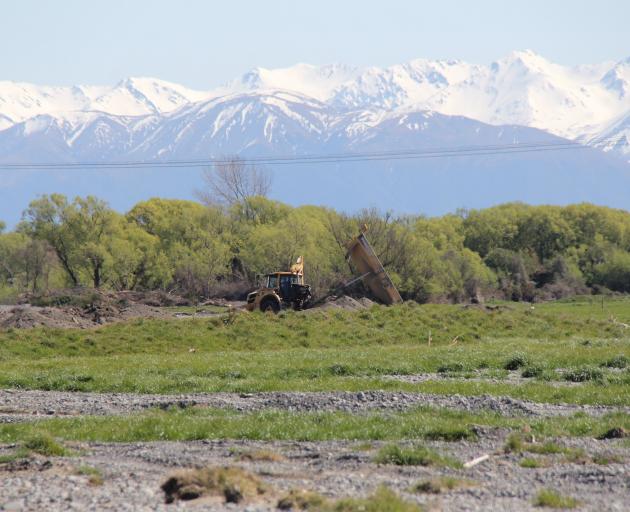
There had also been support from MilkMap’s senior farm business consultant Cameron Burton, who helped them work through post-flood feed budgets, strategies to sustain production and submitting insurance claims.
The farm swings between a total and partial mixed ration; whether livestock are fully pasture fed depends on the time of the year and the weather.
TJ Stewart said they had been pushed and tested to bring the pastures back into line, but the way the cows had coped had been incredible.
Synlait was paying up to $13kg MS (for winter milk), so the Lead with Pride producers were relieved they had kept production on track.
The barn had been pulling its weight for several years, but really came into its own this season, Mr Stewart said.
"The carryover and autumn-calving cows are usually in the barn from late April to early May for one feed a day and overnight," he said.
"They are then in the barn 24/7 from late May to mid to late September. By late October, we would usually shut it down until the next autumn calving — unless the season was dry in late summer.
"What the barn does is give us options to sustain production and maintain cow comfort," he said.
"It’s been a great add-on to the farm, and we wouldn’t farm without it now."
The events of the past had shown how much resilience they had, and the trio remained optimistic about the industry, Mrs Stewart said.
"When we took over the farm [it] was supposed to be our year," she said.
"Then the floods came, and we instead started to think, maybe next year will be our year.
"But no. Actually, we are now back to thinking this year can still be our year.’’


